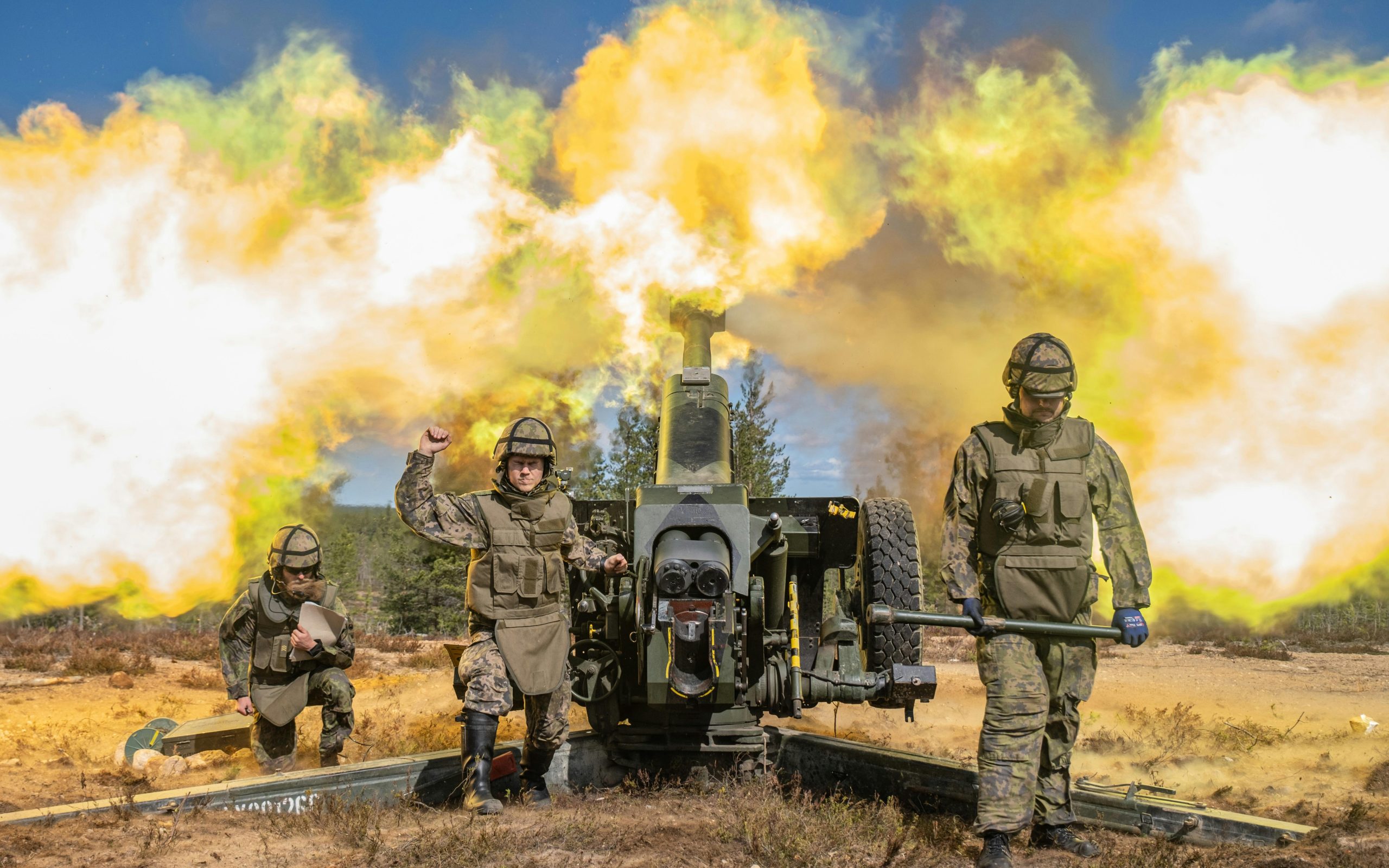Finland, despite its status as the newest NATO member, is in a better condition than most of the other 28 European alliance members. Empty stockpiles and slow armaments production are causing concern elsewhere in Europe, but not so in Finland.
The Finnish Defense Forces (FDF) received extra funding for procurement and immediately issued new contracts in the spring of 2022, not long after Russia’s full-scale invasion and before other countries woke up to the issue. As a result, the country’s stockpiles have been filling to such an extent that more warehouse capacity is needed.
This year, the FDF will also conduct logistics exercises and activate so-called production reserve agreements with civilian companies that keep extra capacity in place for the defense forces’ needs in crisis and war — akin to a war economy lite. In this pre-conflict period, sufficient availability and production capacity of everything from food supplies to machinery is tested with sustained warfighting in mind, as seen in Ukraine.
Finland’s efforts to maintain an efficient national defense capability are motivated by sheer proximity to Russia and a history of aggression from the east. Similar reasoning explains other countries in the Nordic-Baltic region likewise increased their preparedness levels over the past two years.



the writer of this timeline needs to stop reading clive cussler